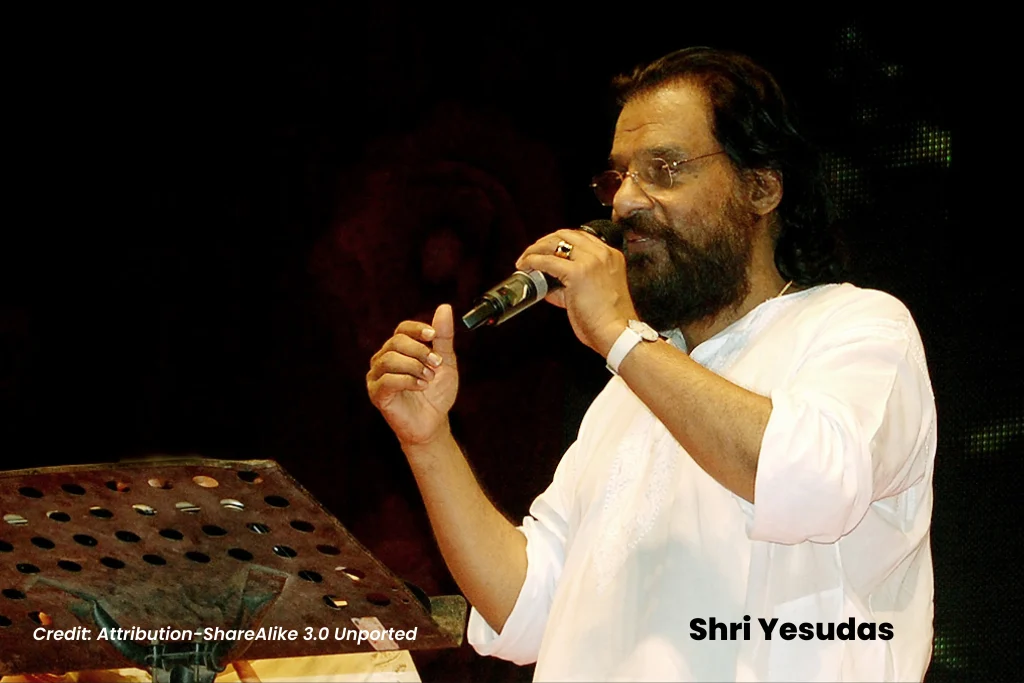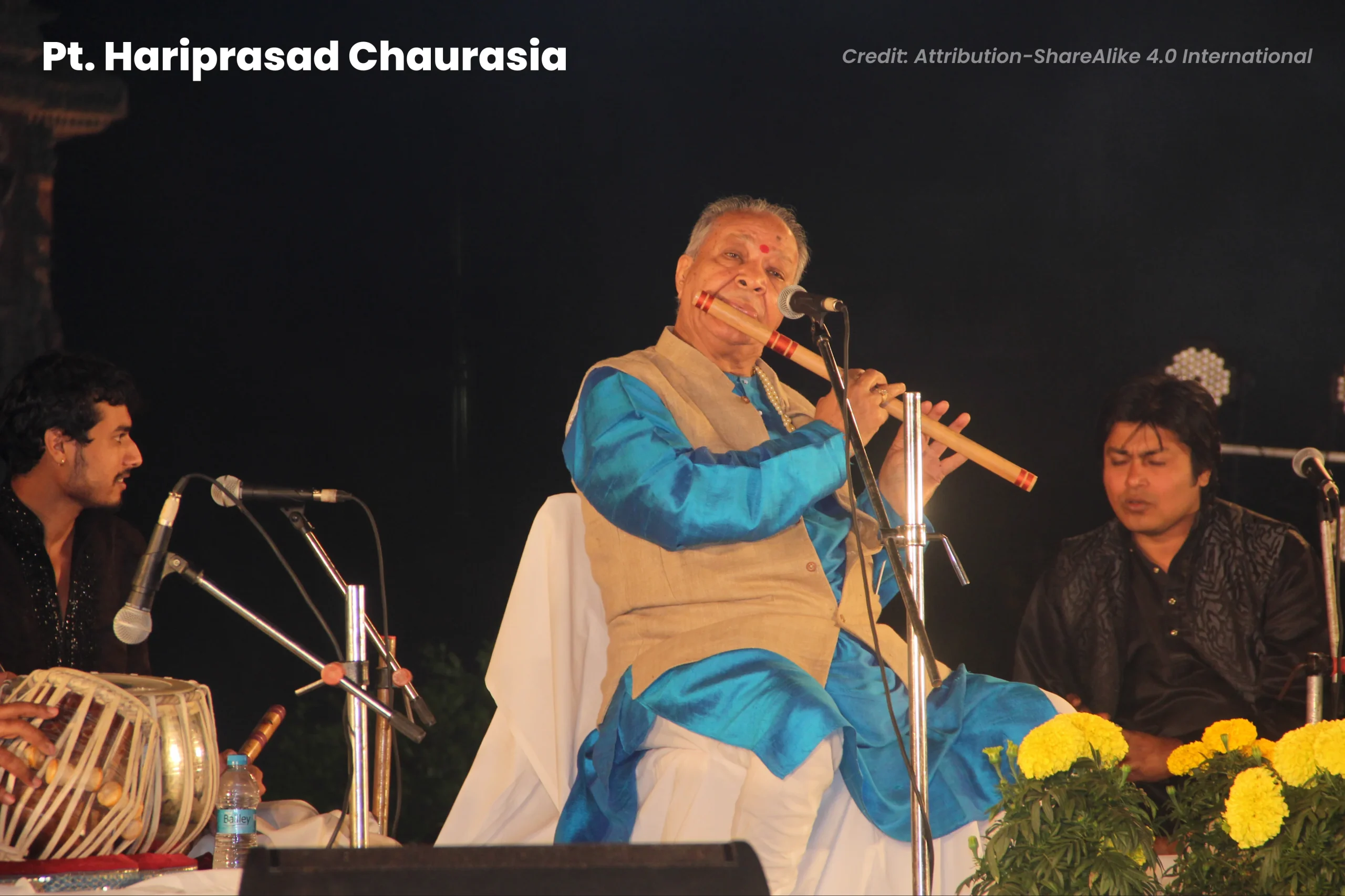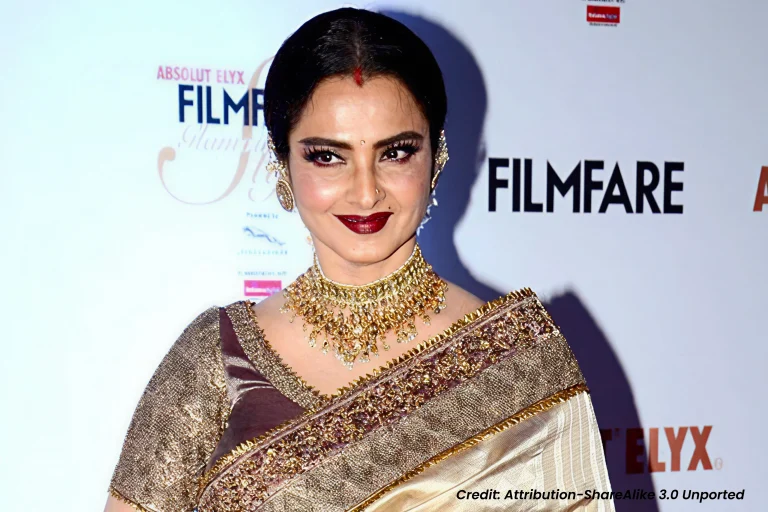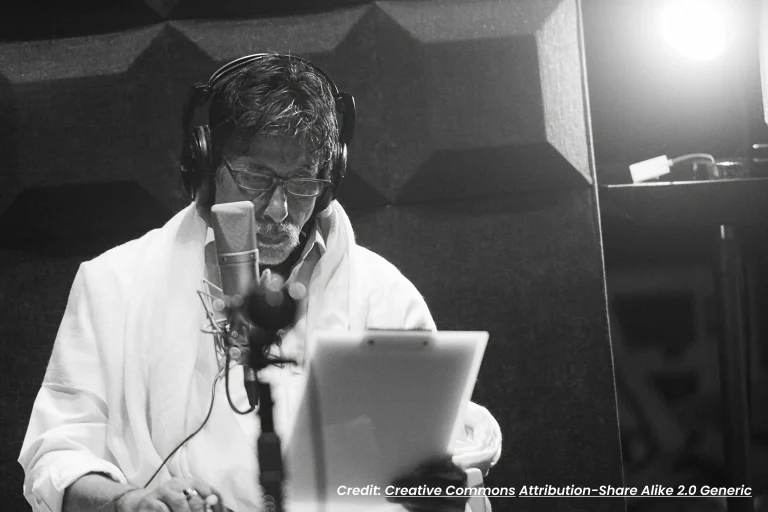All Topics
- Alchemizing Music Concepts for Students
- Artist Spotlight
- artium gift card
- Artium Maestros
- Artium News
- buying guide
- Carnatic Music
- Devotional Music
- Editorials by Ananth Vaidyanathan
- Film Music
- Guitar
- Hindustani Classical Music
- Indian Classical Music
- Indian Folk Music
- Insights
- Instruments
- Karaoke Singing
- Keyboard
- Kids Music
- maestros
- Music Education
- Music for Kids
- Music Industry
- Music Instruments
- Music Legends
- Music Theory
- Music Therapy
- Piano
- piano guide
- Success Stories
- Tamil Film Music
- Telugu Film Music
- Time Theory
- Tools
- Uncategorized
- Vocal Singing
- Vocals
- western classical music
- western music
- Western vocal music
Alchemizing Music Concepts for Students
5 Iconic Malayalam Film Songs of K. J. Jesudas – A Masterclass for All Music Students
5 Iconic Malayalam Film Songs of K. J. Jesudas – A Masterclass for All Music Students
Table of Contents
I have designed this article with three objectives in mind:
- Encourage students of film music of one region or industry to take a deep interest in listening to, appreciating, studying, and singing the best film songs of all Indian film industries.
- Help students of music and music lovers, who do not have much exposure to Indian Classical Music, in getting deeper into the listening and appreciation of this great art.
- Showcase the brilliance and virtuosity of one of the most brilliant vocalists known in living memory – Sh. K.J. Jesudas.
I have chosen 5 iconic Malayalam film songs of the iconic artist, attempting to decode some objective aspects of his style and individuality. Additionally, I have taken the opportunity to present some classical music pieces in the five Raga-s that the songs are composed in.
The Value of Learning Songs of Different Languages
I always recommend that serious learners of popular Indian Vocal Music should learn songs from all regions and expand their musical and vocal horizons. Each of the major regional film and popular music industries, apart from Hindi Film Music has contributed highly creative, aesthetic music across genres, ranging from simple to extremely complex.
Tamil, Malayalam, Kannada, Telugu, Marathi, Bengali, Assamese, Oriya, Gujarati, and Punjabi Film Music, particularly, have had stellar creative records for decades.
The music of each industry has something that is unique to it, arising from
- The impact of the language and phonetics
- The genius of particular composers and singers who have contributed to the music and
- The music-loving audience in each region which has contributed to making outstanding music commercially successful.

Malayalam Film Music has had a unique creative history, thanks to
- The history of music in Kerala
- The contribution of great composers, and course
- Absolutely inimitable singers, the Sun amongst whom is none other than Padma Vibhushan K. J. Jesudas.
A Pathbreaking Vocalist
Kattassery Joseph Jesudas, or K.J. Jesudas, also called Yesudas, and affectionately known as Das Chettan (elder brother in Malayalam) within the Kerala music fraternity, has created history in Indian Music as one of the most pathbreaking vocalists ever known.
His impact on the musical psyche and culture of Kerala, one of the most musical regions of India, is incomparable. Perhaps no other musician has had this kind of a far-reaching and irreversible impact on the aesthetics of the music of any region or period.
He landed on the musical psyche of not just Kerala but the entire South of India and subsequently the entire country through Bollywood, on the power of his incredible voice and musical prowess.
His voice is his primary asset. His tone has evolved over 60 years, but through all the decades, the essential identifying and unique qualities remain –
- Immense body with brightness, which is utterly musical and melodious
- Silky smoothness
- Sophistication
- Phenomenal range and
- Fantabulous dexterity
His voice will remain one of the most outstanding and versatile voices known in Indian Music, and in fact on the planet.
Malayalam Film Music is one of the most revered bodies of work in Indian Music. The contribution of K.J. Jesudas to the growth of this music is fundamental, as his voice and musicality made it possible for music directors from the 1960s to create songs that were often complex yet steeped in melody. This creative process gave a new direction to the aesthetics of not just younger generations of musicians, but listeners too.
I present a selection of 5 songs of Shri Jesudas, and I suggest that students learn to sing them, with the guidance of their teacher, at a time when the teacher feels that the student is ready to learn these songs.
Sreelathikakal from the film Sukhamo Devi
Listen to this brilliant composition in the Raga Revathi (Bairagi or Bairagi Bhairav in Hindustani Music). The notes employed in this raga are Sa, Lower Re, Lower Ma, Pa, Lower Ni. It is an Audava Raga (constructed by 5 notes within an octave).
I am resorting to the terminology lower and higher to indicate which variations of Ri Ga Ma Dha and Ni figure in the Raga, instead of the Hindustani or Carnatic terms, because this article is meant for students of all systems. In fact, the Hindi, Tamil, and other language equivalents of ‘lower’ and ‘higher’, or ‘small’ and ‘big’ are very much in currency – Chhoti or Uthari, Badi or Chadhi in Hindi, and Chinna (small) and Periya (large) in Tamil, for instance.
The song is composed by Sh. Madhavan Raveendran, popularly known as Raveendran Master. He was one of the most prolific composers of Malayalam film songs in the 1980s. His classical music background, combined with a fine sense of melody, creativity, and sensitivity, enabled him to create a style that defined Malayalam film music at one point. His collaborations with Sh. Jesudas are legendary.
This composition is a playground for Sh. Jesudas’s virtuosity. The following places are challenging for students and must be practiced at slow speed, and then brought to actual tempo when perfection is achieved.
Pallavi: Kanaka Lipikalil Ezhuthiya Kavithathan Azhakezhum
Charanams:
- The jumps from mid Sa to upper Sa in the line – ‘Porithen Tharala Nadamay Madhura Bhavamay Hridaya Geethamay Varika’ (1st charanam – Repeated in second charanam too).
- The swaram arrangements, in a technical pattern called Srotovaha Yati. Yati-s are patterns of swarams or percussion syllables. There are 6 types of Yati-s. In Srotovaha Yati, the pattern starts with a certain limited number of notes, and then each subsequent pattern has a larger number. The entire sequence moves from small to large, just as a river moves from narrow to wide.
The reverse pattern is called Gopuccha Yati – like the tail of a cow which is broad at the beginning and tapers in width. Yati-s are difficult to handle and render because the groupings will be in odd numbers and will throw the singer off the rhythmic flow of the Tala. - The pattern in the first charanam is in aroha and in the second charanam it is in avaroha.
Apart from these technicalities, the impact that Sh. Jesudas creates in his rendition has to be studied by students. The following aspects are noteworthy :
- The throw of the voice. He achieves volume without harshness.
- The Sruthi Shuddham
- The bhava of the raga, as well as the intense feel of the lyrics
- The impact of the rhythmic arrangements which he achieves by brilliant accentuations, clarity, and enunciation of consonants
- The definition in vowels
- Dynamics of volume
- His ability to hit the Tara Pa in the charanam with impact, yet with musicality and artistry
Listen now to a Hindustani vocal recital by Padma Bhushan Ustad Rashid Khan in Raga Bairagi (also called Bairagi Bhairav)
For the student who is not yet able to appreciate a Hindustani Classical recital – I give a short overview of what the artist is doing.
- This is an expansion of a madhyalaya (medium paced) composition, known as Khayal, in Teental of 16 units.
- The artist starts with a short alaap before coming to the composition. The alaap is a pure delineation of the Raga, without the aid of a composition or rhythm. The artist predominantly uses vowels, aided by a few consonants. These come from convention.
- The composition starts at 1:57. The artist sings the composition with a lot of embellishments that he adds on the spur of the moment.
- Once the first stanza of the composition is sung, he moves into improvising on the Raga, this time with the aid of lyrics and keeping track of the Tala. He keeps ‘picking up’ the opening line of the composition (called the mukhda) after a few ideas.
- Each set of ideas is like an essay in scripting. And the sets keep progressing, exploring higher pitches. The listener should just sit back and enjoy the flow of the ideas without expecting them to communicate to him or her the way lyrics do. Gradually, the script or language of the improvisation will become more and more eloquent. Taking training in the genre will obviously give an incalculable fillip to the ability to savour the music.
- Once the slow improvisation reaches higher notes, the artist picks up pace in his ideation and moves into fast-paced ideas (taan-s), which now display his vocal and musical dexterity. This artist was renowned for the speed, impact, and aesthetics of his taan-s.
I have selected Ustad Rashid Khan’s recording because his voice and music have a quality that easily appeals to those who have never even heard Hindustani Classical Music.
Now listen to a Thillana in the Raga Revathi, composed by the great Violin Vidwan Sh. Lalgudi Jayaraman, in Misra Chapu Tala of 7 units, rendered by the renowned Padma Bhushan Smt. Sudha Raghunathan. A Thillana is a composition composed for dance, with percussion syllables and a few lyrics. The cross-rhythmic phrases (syncopation) within the flow of the Tala are noteworthy. The composer was a master musician. More about him in another article. The vocalist displays
- Her command over rhythm
- The facility of her voice and
- Her ability to manifest the aesthetics of this unique and melodious Raga
Pramatha Vanam Veendum – from the Film His Highness Abdullah
This is one of the most celebrated songs of Sh. Jesudas, again composed by Raveendran Master. The briga (taan) that he has rendered in the word ‘Enn’ in the Pallavi, virtually showed the music world a new possibility in the technique of briga-s.
Speaking technically, briga-s and taan-s are of two broad categories. In the first category, the voice or the sound of the instrument traverses a spiralling path through notes.
This happens because before moving to the next note, the voice dips or leaps to the previous note (dips in an ascending pattern and leaps in a descending pattern). This would have been an instinctive and natural occurrence initially in the evolution of folk music. But as music became a subject of analysis and understanding, this pattern has acquired grammatical stature as a musical and vocal technique in classical music.
The spirals are variously termed as gamaka, behlava, lehek, in Hindustani Classical Music, depending on the context, with variations.
The Gamakam-s of Carnatic Raga-s are in fact an aesthetic evolution of this natural spiral that is characteristic of vocal music. This spiral has to be a part of the language or lexicon of an instrument for it to be able to deliver the music authentically and aesthetically. This is why instruments like the Been (Veena), Sitar, Sarod, and Surbahar enjoy a premium stature in the Hindustani instrumental pantheon.
The other technique of taan or briga is to transit to the next note without the travel in reverse. I call these slides. The definition of the notes in this style comes from the ability of the voice to stop for milliseconds at every note before travelling to the next. The slide technique is typically used in Punjabi Thumri. Sh. Jesudas mastered the slide technique of briga-s in a way that enabled him to render perhaps the fastest briga-s ever heard..
I will point out this aspect of his style of briga-s in subsequent songs in this list. Some other noteworthy aspects in this song rendition :
- Pramathavanam is set to Raga Jog, a Hindustani Raga. It is close to Raga Nattai of Carnatic music. The special beauty of this raga is in the application of both the Gandhara-s, used very dexterously by the composer and rendered brilliantly by the singer. The notes of Jog are Sa, both Ga-s, Lower Ma, Pa and Lower Ni.
- In the word ‘Poley’ in the Pallavi, in the first variation, Sh. Jesudas has again used the slide technique clearly to render the fast phrase GMP MPN PNSN PMG.
- In the 1st charanam, notice the line ‘Sarayuviloru chudu mizhineer kanamay njaan’. This is rendered in the first variation in slide style. In the second variation, it is rendered in gamaka or spiral style. Notice also his style of embellishment in the words ‘Ethotho’ and ‘Kathayil’.
- The line ‘Kaviyude gaana rasaamrithalahariyil Oru nava Kanaka kireedamithaniyumbol’ is delivered in one breath with uniform volume and power. The word Innitha reaches the Tara Panchama – again with his special ability to render high sustained notes with power, ease, aesthetics, and impact.
- From Tara Pa, he drops two octaves to Mandra Pa to pick up the line of the Pallavi again.
Listen now to a Hindustani Classical Khayal performance in Raga Jog, again by Ustad Rashid Khan. You will notice how the artist predominantly uses the gamak style in taans, but mixes the slide style to achieve superfast taan-s towards the end of the recital.
Ustad Rashid Khan – Raga Jog
Surumaiyezhuthiya Mizhikale – From the Film Khadeeja
This song is composed in Raga Mishra Pahadi by Sh. M.S. Baburaj. One has no idea if Pahadi was indeed the Raga the composer had in mind. But as you will see from the Hindustani Classical rendition of Ustad-s Salamat Ali Khan and Nazakat Ali Khan, the contours and feel of Mishra Pahadi are richly infused in this beautiful composition. (Mishra, meaning ‘mixed’, is a prefix often applied to Raga-s in the Thumri genre, where the artist, during improvisation, infuses many notes and phrases that are not part of the Raga’s original script.)
I had mentioned, when speaking of Pramathavanam, about the two contrasting styles of briga / taan design – the gamaka / spiral design and the slide design. This composition is replete with elegant briga-s / taan-s, in the typical style of Punjabi Thumri.
The contribution of Sh. M.S. Baburaj to the evolution of Malayalam film music and the aesthetics of the music of Kerala is significant. He was the one to introduce Hindustani Ragas and Raga aesthetics into Malayalam film music creativity. He brought in the elegance of thumri and lighter forms with Raga-s like Desh and Jansanmohini, to name just two.
Listen now to a beautiful rendition of a Thumri in Raga Mishra Pahadi by Ustad Salamat Ali Khan and Ustad Nazakat Ali Khan. These brothers belong to the Sham Chaurasi Gharana. Their style, especially in Thumri, sounds somewhat similar to the style of Ustad Bade Ghulam Ali Khan and what is known today as the Patiala Gharana. In this rendition of Saiyaan Bina Ghar Soona, Ustad Salamat Ali Khan, the younger and the more celebrated and dominant of the two brothers, delivers cascades of utterly exquisite and exotic melodic lines.
Ustads Nazakat & Salamat Ali Khan – Raga Pahadi
Pahadi (of the mountains) is a very common melodic theme in Indian folk music, from Kashmir to Kanyakumari. The song Surumayezhuthiya brings out some beautiful phrases of the raga in the nimble voice of Sh. Jesudas. You will notice that even in the initial alaap, the feel of the Raga comes through.

I invite students to listen to many renditions of Raga Pahadi and Mishra Pahadi, including those of Pt. Hariprasad Chaurasia, Pt. Shivkumar Sharma. Once the Raga settles into our psyche, it will be easier to appreciate the nuances of Sh. Baburaj’s composition and render it with the authentic aesthetics.
Pt. Shiv Kumar Sharma
Sayanthanam Chandrika – From the Film Kamaladalam
Sayanthanam Chandrika lyrics PDF
Another composition by Raveendran Master, this composition is an outstanding script of the contours, possibilities, and aesthetics of what has come to be called Raga Maand in South India.
Actually, Maand is a musical form of Rajasthan, a famous example of which is the celebrated Kesariya Baalam. Listen to the song by Folk Artist Osman Mir.
Now listen to a rendition of the celebrated Thumri, Yaad Piya ki Aaye, by the maestro who composed it – Ustad Bade Ghulam Ali Khan, in memory of his deceased first wife. There is confusion whether he called it a composition in Raga Maand, or Raga Mishra Kaushidhwani. The Raga Kaushidwani is an audava Raga – comprising Sa, Higher Ga, Lower Ma, Higher Dha, and Higher Ni.
Nonetheless, this legendary song, recorded over 75 years ago, has come to become the template for Raga Maand in light music today. You will notice that in the song Sayanthanam, in the tune as well as in the instrumental interlude before the first charanam, the phrases of Kaushidhwani are generously employed.
In this celebrated song, Sayanthanam, Sh. Jesudas’s silky voice slides through the notes of delectable, complex phrases and taan-s that have come to typify Punjabi Thumri. In the PDF lyrics doc, I have highlighted the phrases that a student needs to work on by studying the style of execution of Sh. Jesudas.
It is not enough to just figure out the notes. One has to study and understand the vocal delivery of the singer – the tonal variations, the way the artist pushes the tones with balanced pressure to achieve a certain mechanical result – THE TRAJECTORIES BETWEEN NOTES. Some gifted learners get it by simple cognitive-reflective power. But others can get it too, by careful and painstaking study and experimentation.
Samyamakannordyaname – From the Film Devi
Samyamakannordyaname lyrics PDF
https://www.youtube.com/watch?v=AmODJmrxZic
Let us listen to a song composed by Sh. Devarajan in the early 1970s in the Carnatic Raga Kharaharapriya. This is a beautiful composition, composed in the Carnatic style, with typical phrases and embellishments that one can hear in Carnatic kriti-s and alapana-s.
Sh. Jesudas demonstrates his command over the spiralling and the sliding styles of moving from note to note. In the slow and medium-paced phrases, the spiral style renders the typical gamaka-s of Raga Kharaharapriya. In the short briga-s that the composer has introduced as embellishments, the singer’s brilliant slide style can be heard.
Students should note one significant aspect in the lyrics (refer to the Lyrics doc). This song is also laden with short briga-s / taan-s in the highlighted syllables. Yet when you look at the syllables in this song, and in the charanam-s of Sayanthanam, they are very short, and in the totality of the number of syllables, their quantum is low. This is because briga-s / taan-s, AND EXTENDED LANDING NOTES within lyrics, require EXTENSION OF VOWELS, OR CERTAIN SPECIFIC CONSONANTS, ACROSS A SERIES OF NOTES. Thus, what appears limited in text becomes abundant in the musical composition. And only certain consonants are capable of providing this scope for briga-s, or extended landing notes – L, NG, N, M.
Now listen to an alapana of Raga Kharaharapriya by Sh. Jesudas himself. THIS IS A MUCH-CELEBRATED CONCERT RECORDING – ANALYSED BY A NUMBER OF VOCALISTS OF SUBSEQUENT GENERATIONS. I remember two brilliant vocalists playing this recording to me in a seminar and suggesting that I decode for them how Sh. Jesudas manages to take his voice to the Atitara Ga!!
Apart from the unheard-of range that he exhibits, you will see how brilliant Sh. Jesudas is, in the Carnatic idiom, as a creative musician. This alapana of Kharaharapriya is soaked in the bhava of the Raga.
The Raga has become a part of the artist’s core aesthetic bank. A Raga is a language – that, once internalized, allows an artist to feel into and explore possibilities that reveal themselves to a musician as he continues to live dynamically in that raga for a long period of time. Listen to the magic of the artist’s creative sense reeling out cascades of melodic ideas around significant swara-s, chiefly Ri, Pa, and Dha. The mind and voice are one. Great Indian Classical vocalists reach a point in their growth where their mental creativity and vocal dexterity become one.
The honest view is that, as the two young, brilliant vocalists had the fortitude to declare in an open forum, Sh. Jesudas demonstrated what Carnatic Music can be like when the vocalist works on developing his or her vocal prowess.
As a Carnatic musician, Sh. Jesudas has proved to be an inimitable vocalist. In the cascades of fast briga-s in the latter part of the alapana, he uses the gamaka style with a speed and finesse that makes it sound almost like a slide style. The speed, clarity, and impact that he achieves in the briga-s is something to be heard to be believed.
In Conclusion
Today’s generation of learners is indeed lucky to have easy access to recordings.
Nothing can replace the value of a teacher, guide, and mentor. The value of a teacher comes not just in the teacher singing a line of a song to you and asking you to imitate it. The value comes in :
- Hearing you and assessing what is going right or wrong
- Giving you appropriate feedback
- Most important is suggesting what needs to be done and how to get it right
Finally, the value of the Guru lies in the conversations that the Guru has with the student – the building of the mind, the thinking, the understanding.
The student can use the understanding acquired from a teacher to decode the singing of great masters and derive lessons from them. Recordings are an invaluable source of learning. One must learn how to use them.




